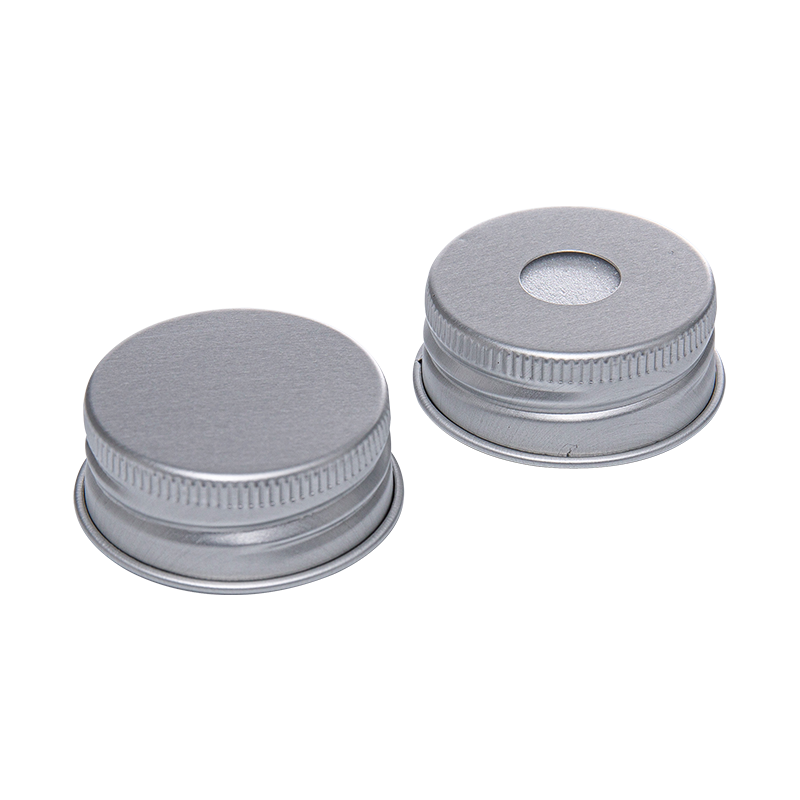In today's competitive packaging industry, Plastic Bottle Caps play a crucial role in ensuring both product safety and compliance with global standards. As consumer expectations for high-quality packaging continue to grow, so too do the regulatory requirements that govern packaging solutions. From food safety to tamper-evident features, manufacturers must consider a variety of standards and testing protocols to ensure that their plastic caps meet industry regulations. This article delves into the compliance aspects of plastic bottle caps, highlighting key industry standards, testing methods, and the importance of staying up to date with evolving regulations.
Understanding the Compliance of Plastic Bottle Caps
Plastic bottle caps must adhere to a range of standards designed to protect both consumers and manufacturers. For beverage and food packaging, the most critical regulatory bodies are the Food and Drug Administration (FDA) in the United States, the European Food Safety Authority (EFSA) in the EU, and various national safety organizations that set specific criteria for packaging materials. These standards ensure that Plastic Bottle Caps are made from food-grade materials, are safe for use in contact with consumables, and do not leach harmful chemicals into the product. Compliance with these standards is crucial for maintaining consumer trust and preventing legal issues.
Beyond material safety, many countries also require testing to ensure the performance and durability of plastic caps. For example, manufacturers must ensure that their caps meet leak-proof requirements, especially for products like carbonated beverages or juices that are sensitive to pressure. This means rigorous testing protocols are followed to confirm that the seal does not break during shipping or handling, which can otherwise lead to contamination or product spoilage.

Key Standards for Plastic Bottle Caps in Packaging
To meet the needs of both safety and functionality, Plastic Bottle Caps must comply with several industry-specific standards. In the food and beverage sector, the FDA’s Title 21 regulations set strict guidelines for materials used in packaging. These guidelines dictate that the materials used in plastic caps must be non-toxic, resistant to chemical migration, and stable under various environmental conditions. The FDA requires that plastic packaging materials, including caps, must not impart any harmful substances into the food or beverage, ensuring that they are safe for consumers.
In addition to food safety, Plastic Bottle Caps used for beverage products are also required to meet tamper-evident standards. The U.S. FDA and other regulatory bodies worldwide mandate that products such as bottled drinks must include a tamper-evident seal. This feature assures consumers that the product has not been opened or altered before purchase. As a result, many modern bottle caps are designed with anti-theft rings or seals that break or deform upon first use, providing an easily recognizable sign of tampering.
Testing Methods for Compliance and Safety
Testing is an essential part of ensuring that Plastic Bottle Caps meet industry standards. Different tests assess the integrity, safety, and durability of the caps under various conditions. One of the most important tests is the seal integrity test, which ensures that the cap can form a tight seal under pressure and maintain its effectiveness over time. For carbonated beverages, for instance, caps must withstand internal pressure without leaking or allowing carbonation to escape. This is typically tested through burst pressure testing, where caps are subjected to extreme conditions to ensure they can endure the stress of transport and storage without failure.
Another critical testing procedure is tamper-evident testing. Manufacturers perform this test to ensure that the anti-theft features, such as breakaway rings or tamper-evident seals, function as intended. These tests are designed to verify that consumers can easily detect if a bottle has been opened or tampered with, adding an extra layer of protection and consumer assurance. In some cases, the testing protocols also include chemical migration studies, which check whether any substances in the plastic could migrate into the contents of the bottle, potentially contaminating the product.
The Importance of Staying Up to Date with Industry Standards
With consumer preferences and regulatory requirements constantly evolving, manufacturers must stay informed about the latest changes in packaging regulations. For example, as environmental concerns grow, there has been increasing pressure on companies to adopt sustainable practices in packaging. Many countries are now enforcing stricter rules on plastic waste, requiring manufacturers to use recyclable materials for plastic bottle caps and to explore alternative solutions to reduce environmental impact. Companies that fail to stay up to date with these changes may face fines or challenges in gaining market access, making it imperative to keep abreast of these evolving regulations.
Additionally, staying compliant with changing regulations enhances brand reputation and trust. For instance, companies that proactively adopt environmentally friendly packaging or comply with enhanced food safety standards are seen as more responsible and consumer-friendly. By aligning with the latest compliance and industry standards, manufacturers not only protect their products and consumers but also build a stronger, more sustainable brand.